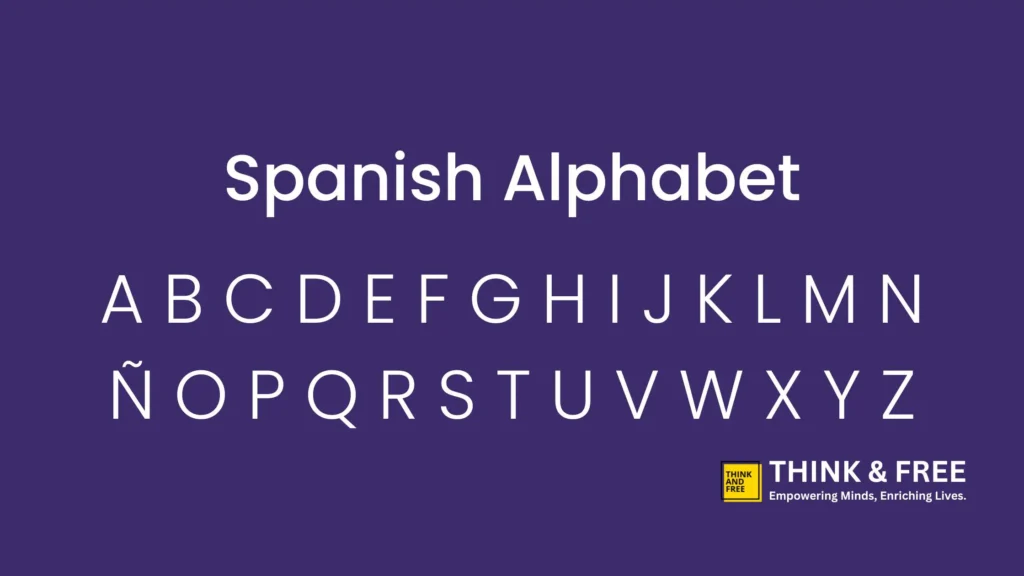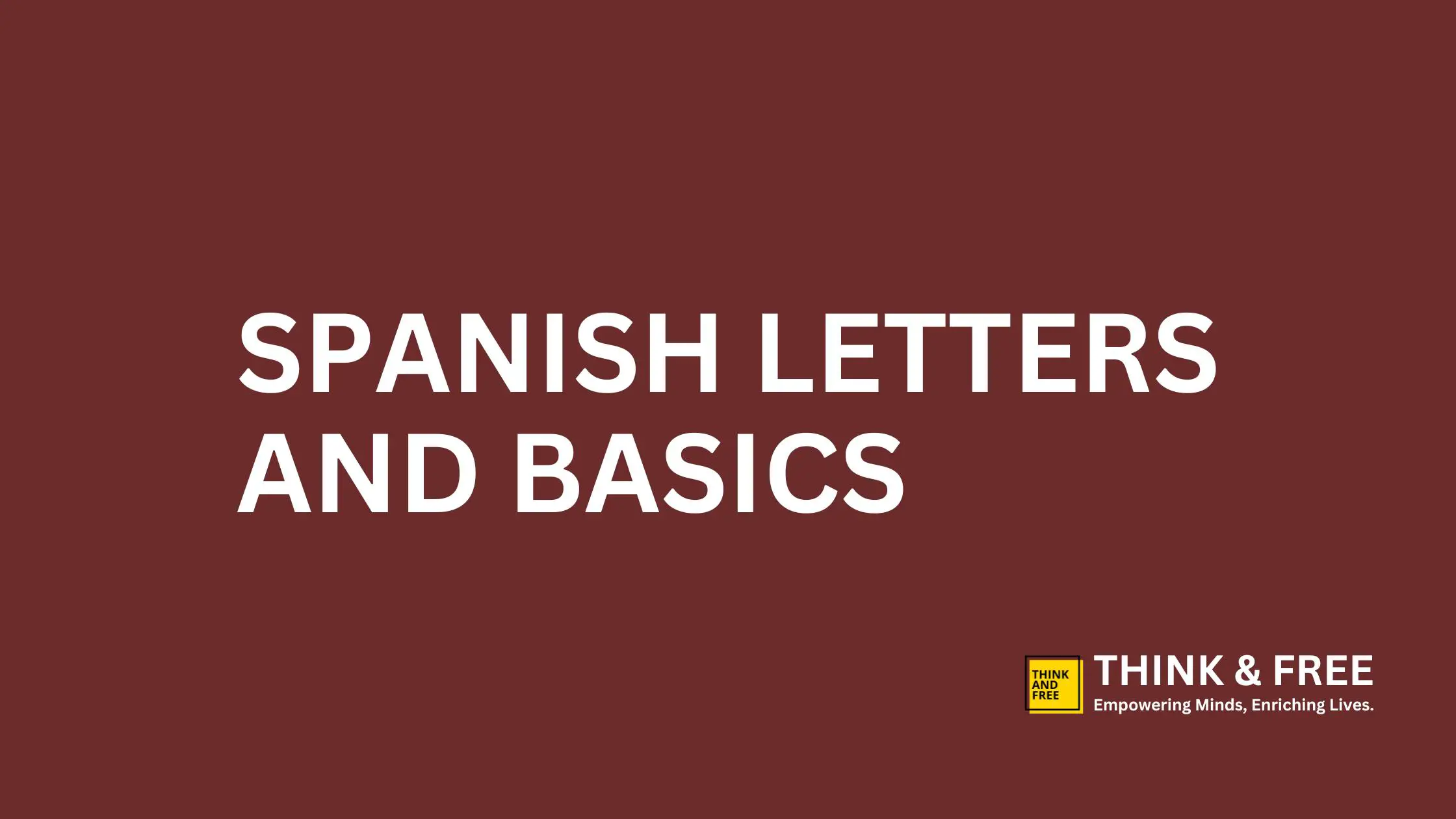Spanish letters and Basics, Here this is the second part of this series. In the first part of our Lesson series about “Learning Spanish Language”, we covered the fundamental steps to kickstart your Spanish language-learning journey. In This Second article, we delve deeper into the Spanish alphabet, an Introduction about grammar part in, pronunciation, and additional Spanish language parts that will elevate your language proficiency.
Latest Article: Learn Spanish: Your Comprehensive Guide to Getting Started.
Spanish Alphabet and Pronunciation
Before getting started with any language, Knowing the Alphabet is the first starting point. Here this is about this amazing language’s alphabet. The Spanish alphabet consists of 27 letters, which is the same as the English alphabet, with the addition of one letter

Unique Sounds
Ñ (eñe): This distinctive letter represents a unique sound that does not exist in English. It is pronounced as a soft “ny” sound, similar to the “ny” in “canyon.”
Spanish Vowels
The Spanish vowels are pronounced as follows:
A: Similar to the “a” in “father.”
E: Similar to the “e” in “let.”
I: Similar to the “ee” in “see.”
O: Similar to the “o” in “go.”
U: Similar to the “u” in “rule.” However, in certain situations, “u” can have a silent or weak pronunciation.
Spanish Pronunciation Tips
Spanish pronunciation is generally phonetic, meaning words are pronounced as they are spelled. Once you understand the letter sounds, you’ll find pronunciation more straightforward than in English.
Basic Spanish Grammar
Nouns and Gender
In Spanish Language, every noun has a gender, either masculine or feminine. While some associations may seem intuitive. Such as “niño” (boy) being masculine and “niña” (girl) being feminine, many nouns’ gender must be memorized. Pay attention to the article used with the noun, as it indicates the gender (e.g., “el niño” – the boy, “la niña” – the girl).
Articles
Articles in Spanish also have gender and number. The definite articles are “el” (masculine) and “la” (feminine), both meaning “the.” The indefinite articles are “un” (masculine) and “una” (feminine), meaning “a” or “an.”
More information: Articles in Spanish Grammar by Lingolia Espanol
Pluralization
It’s just simple to make most nouns plural, add “s” to the end of the word ends in a vowel (e.g., casa -> casas), or “es” if it ends in a consonant (e.g., papel -> papeles).
Useful Spanish Language Phrases and Expressions
Let’s Learn common phrases and expressions that will aid you in day-to-day conversations. Here are a few Spanish Language Phrases.
“¿Cómo estás?” – How are you?
“Gracias” – Thank you.
“Por favor” – Please.
“Perdón” – Excuse me / Pardon me.
“No entiendo” – I don’t understand.
“Hablas inglés?” – Do you speak English?
“Me llamo…” – My name is…
Conclusion
End of the second article about Spanish Letters and Basics, which is the second part of our Learn Spanish language series. ¡Felicidades! (Congratulations!) Now you’ve taken another significant step in your Spanish language journey, Don’t forget to practice these lessons daily. Understanding Spanish letters, pronunciation, and basic grammar will provide a strong base for your future learning. As I mentioned, the Key to success is Keep practicing, explore new phrases, and immerse yourself in the language and culture. ¡Buena suerte! (Good luck!) in your exciting endeavor to master the beautiful language of Spanish!

I’m a tech-savvy writer and passionate software engineer who loves exploring the intersection of technology and creativity. Whether it’s building efficient systems or breaking down complex tech topics into simple words, I enjoy making technology accessible and useful for everyone.

